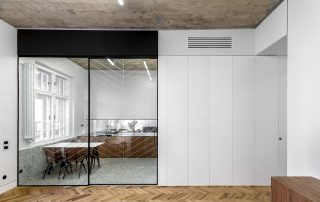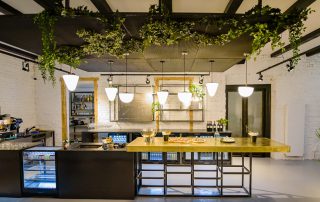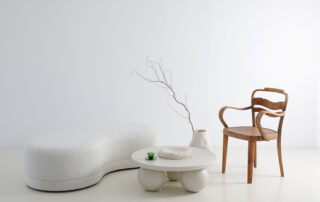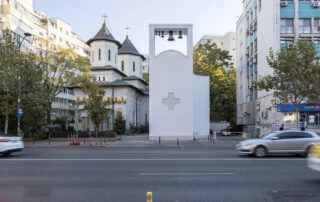Built in 1884 based on the plans of the genius architect Miklós Ybl, the Budapest Opera House is a unique heritage-protected building bearing witness to the era. Not many opera houses have survived in their original form in the world from the time of its construction, the 19th-century heyday of opera performance. The greatest figures of Hungarian applied and fine arts and the best builders of the period worked on the building. According to legend, when it was opened, Emperor Franz Joseph noted in bewilderment that the Budapest Opera House in Budapest had become more beautiful than the one in Vienna. A monumental undertaking, the renovation of the Hungarian State Opera House was not only aimed at renewing the physical condition of the building but also had a deeper cultural and social significance. The historic landmark building, which for decades hosted legendary performances of Hungarian opera and ballet, has now been reborn through revitalization.
Our main objective was to restore the neo-Renaissance style listed palace to its original state, reflecting the era in which it was built. Over the past 140 years, the building has undergone several alterations that have disrupted its acoustic and architectural integrity. The challenge for us in restoring the original building was to find a way to create the conditions necessary for 21st-century opera performance in an applied and fine arts environment that evokes the original historic period. The Opera House has now regained its former glory, “the 138-year-old palace has been resurrected” and “is now more 19th-century than the 19th century itself”. It’s safe to say that if you want to see an original 19th-century music and drama theatre today, you should come to Budapest.
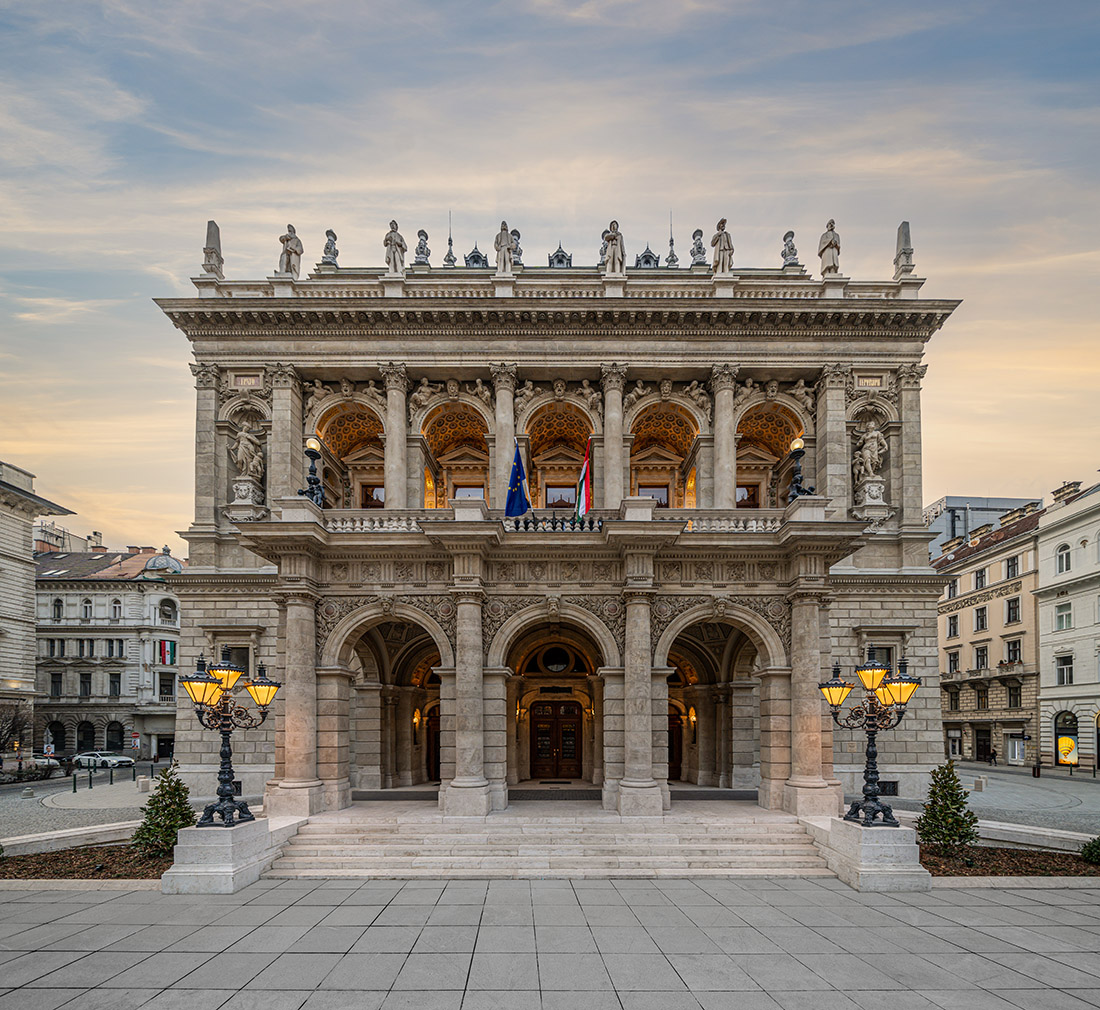
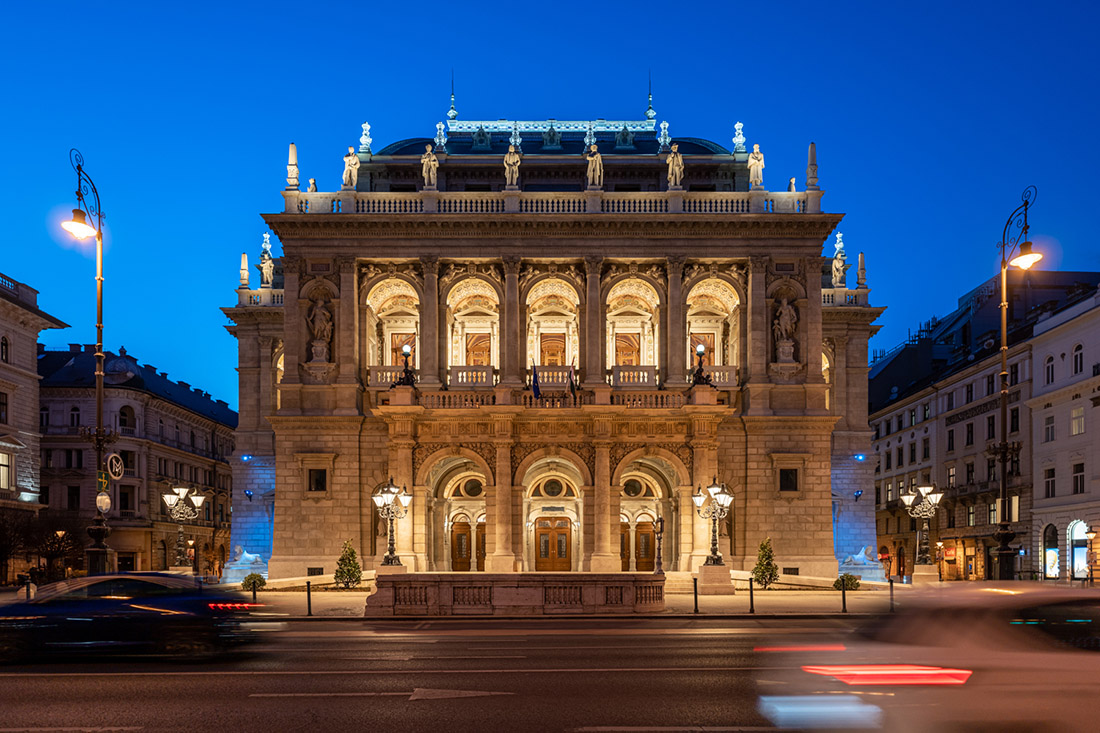
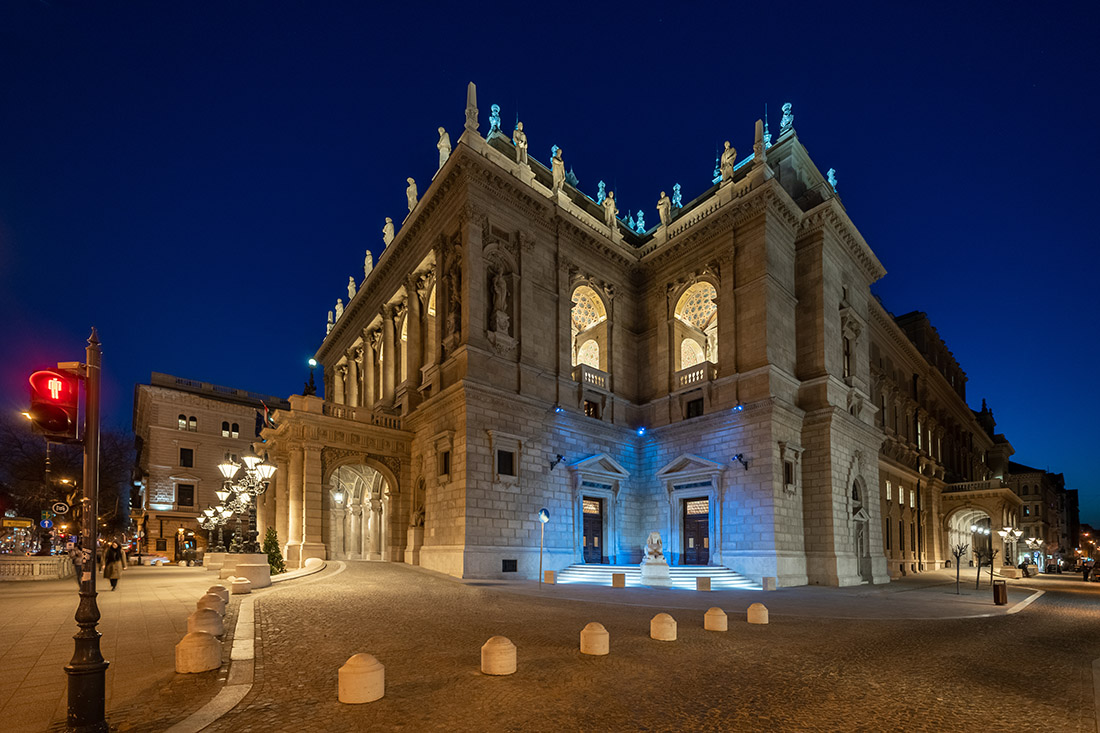
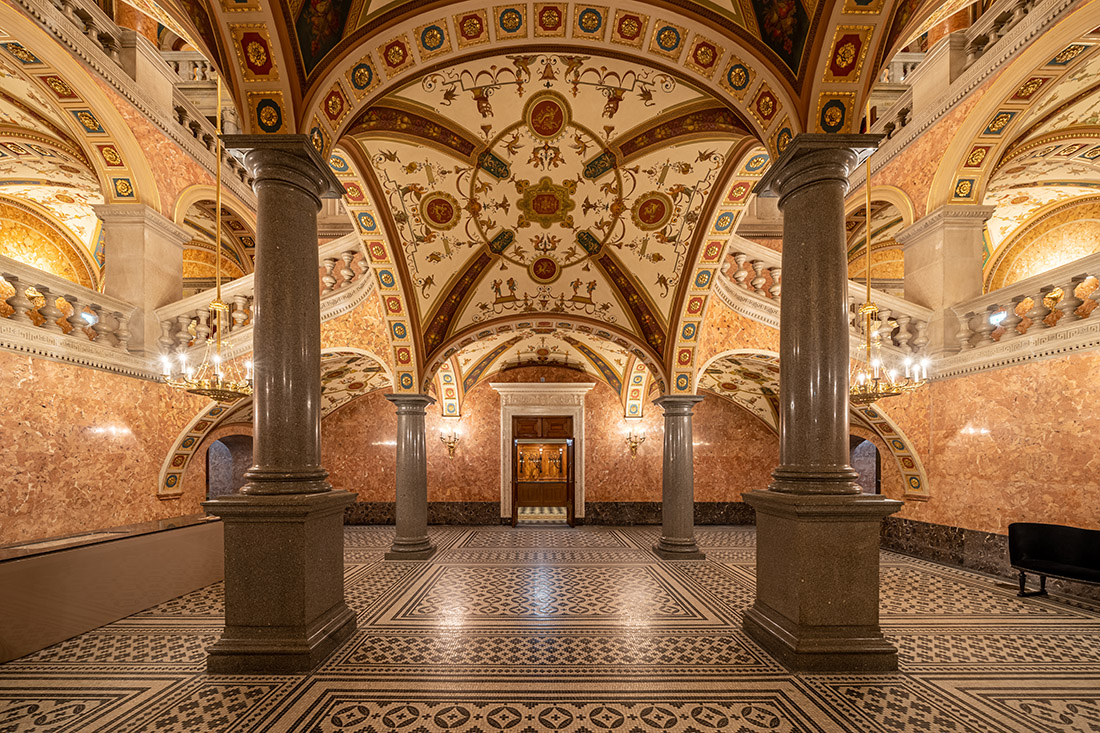

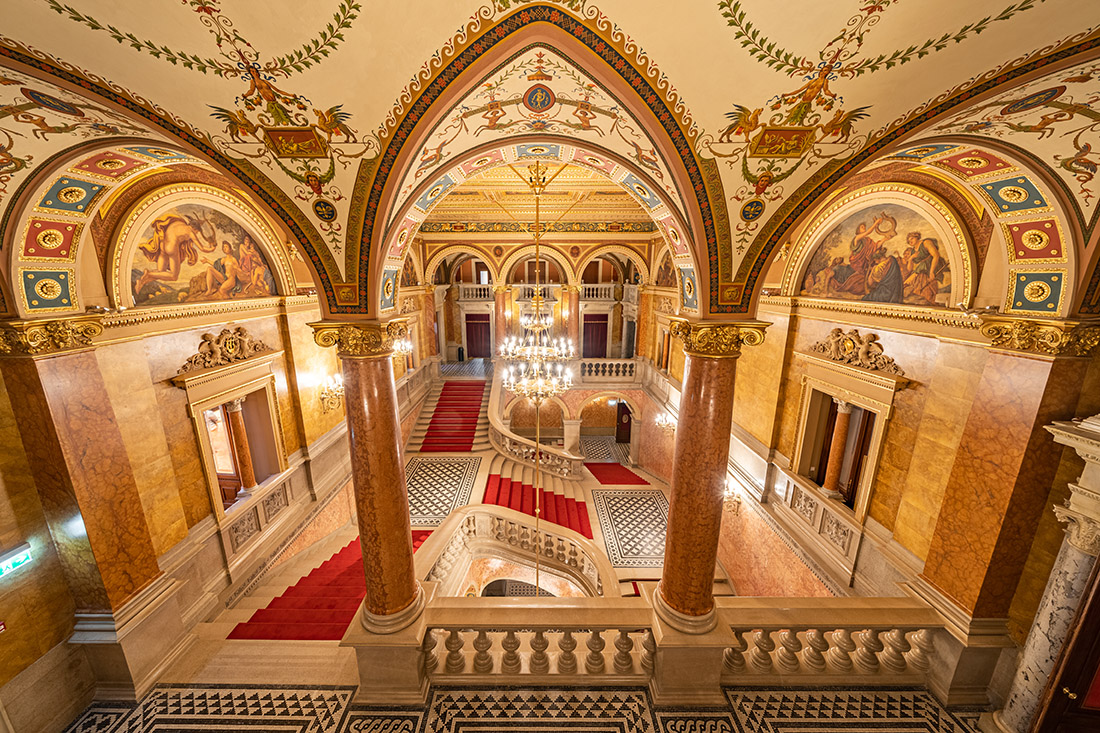
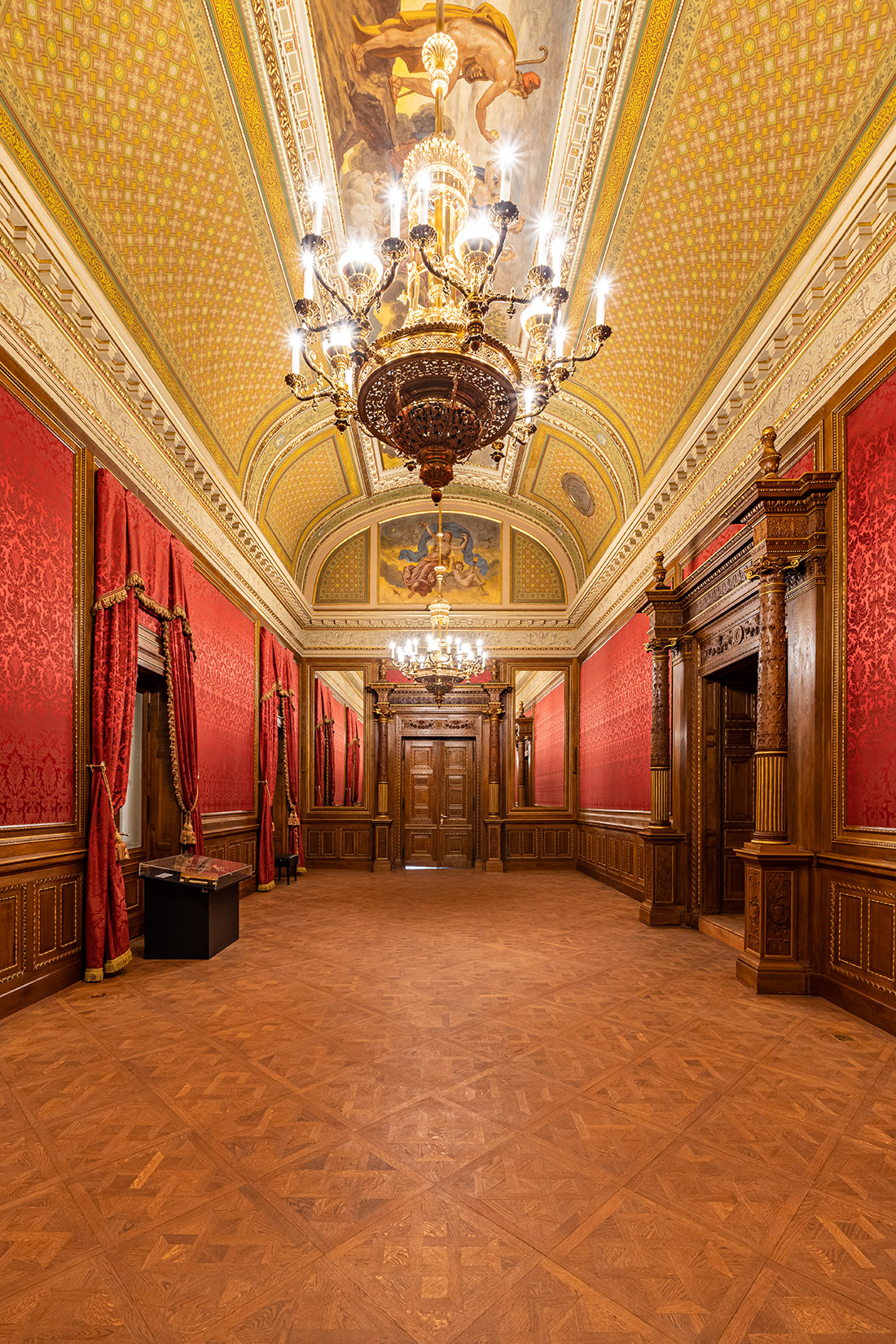
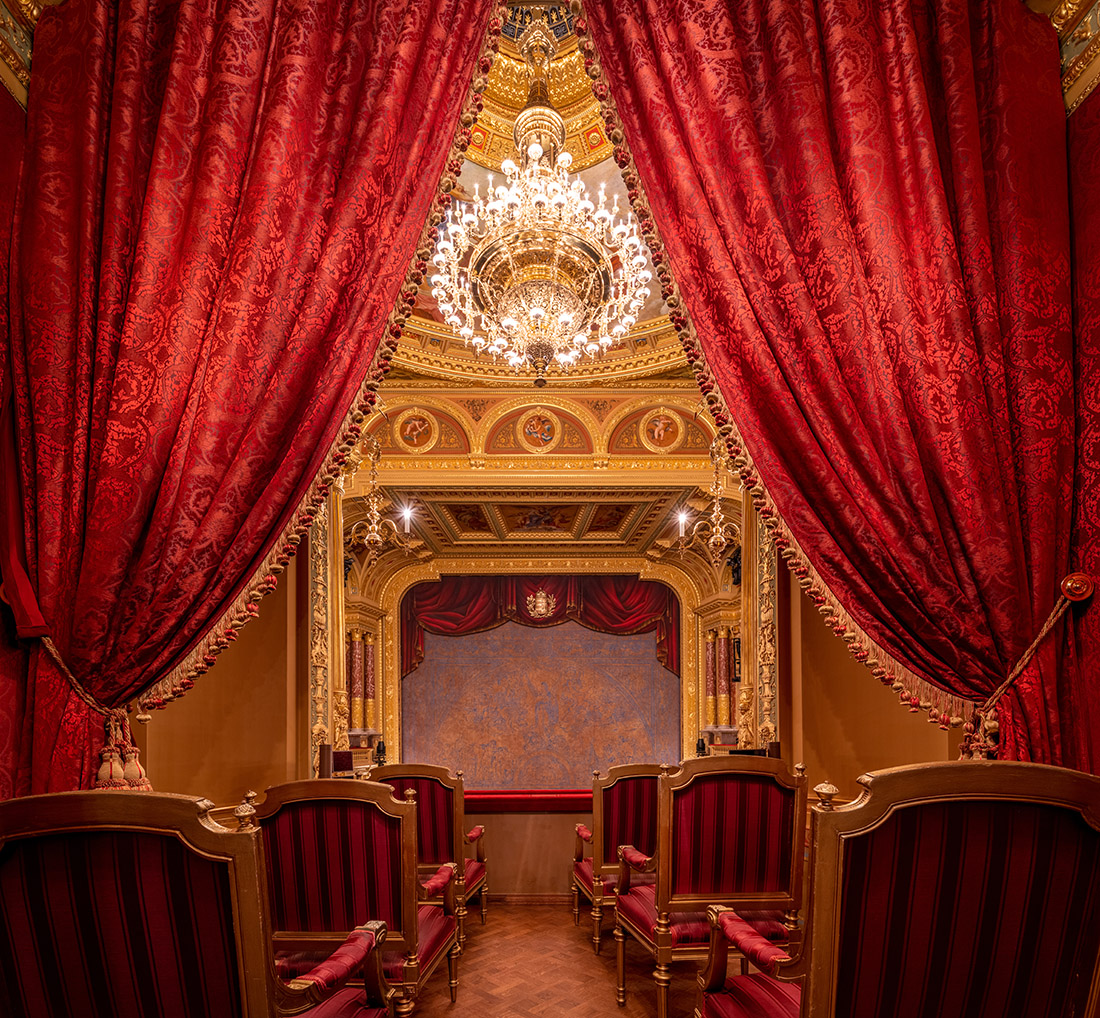
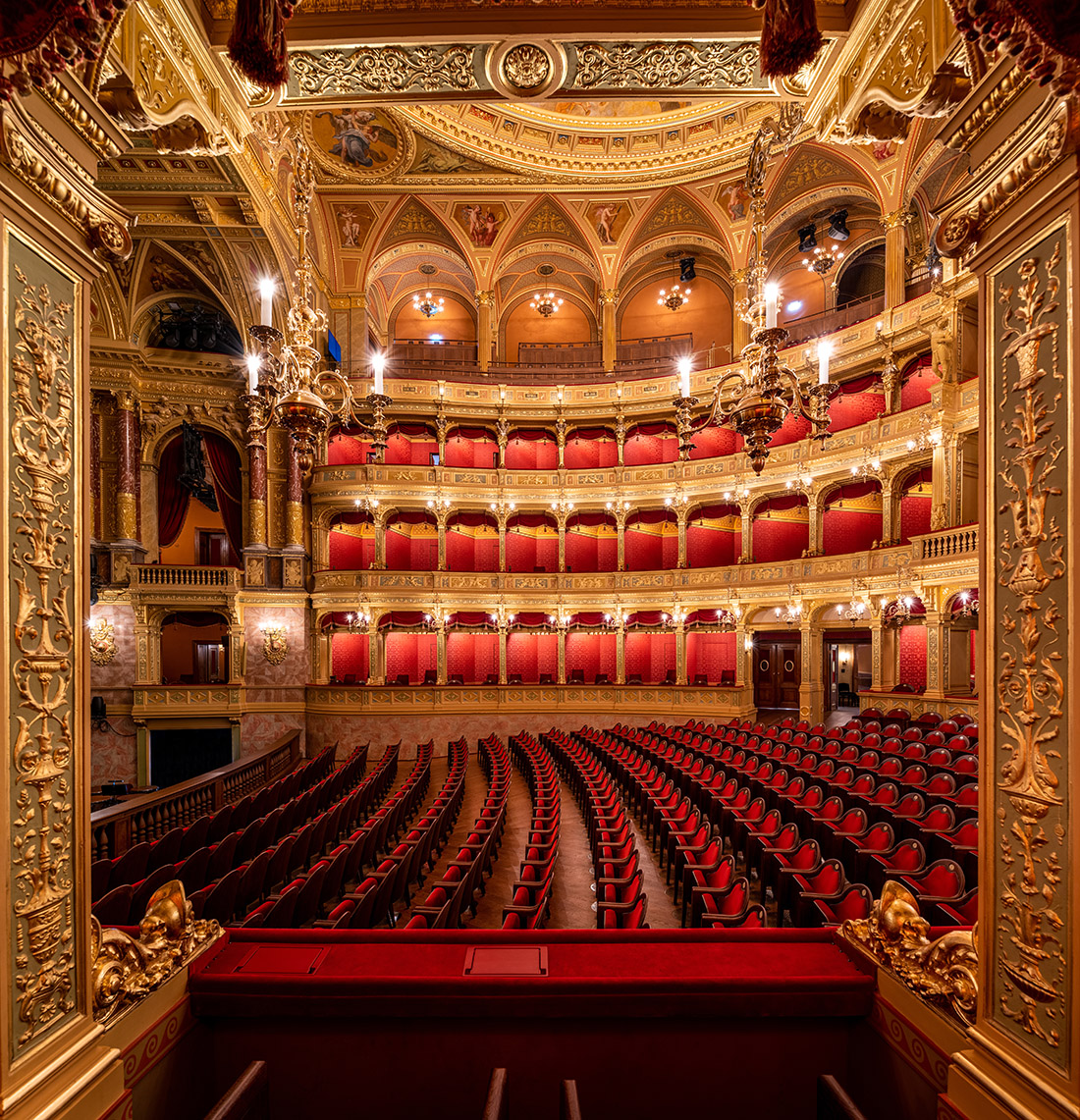

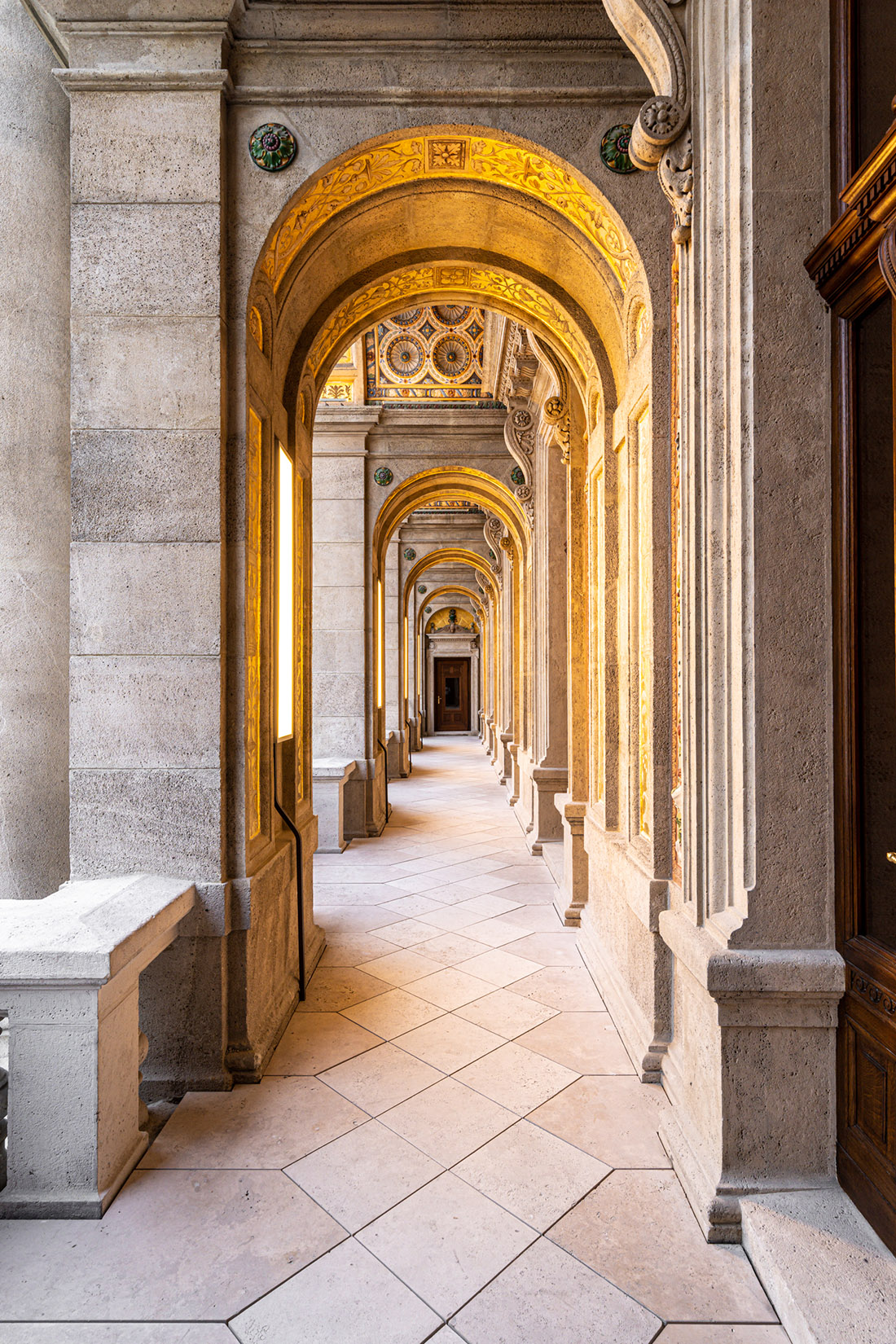
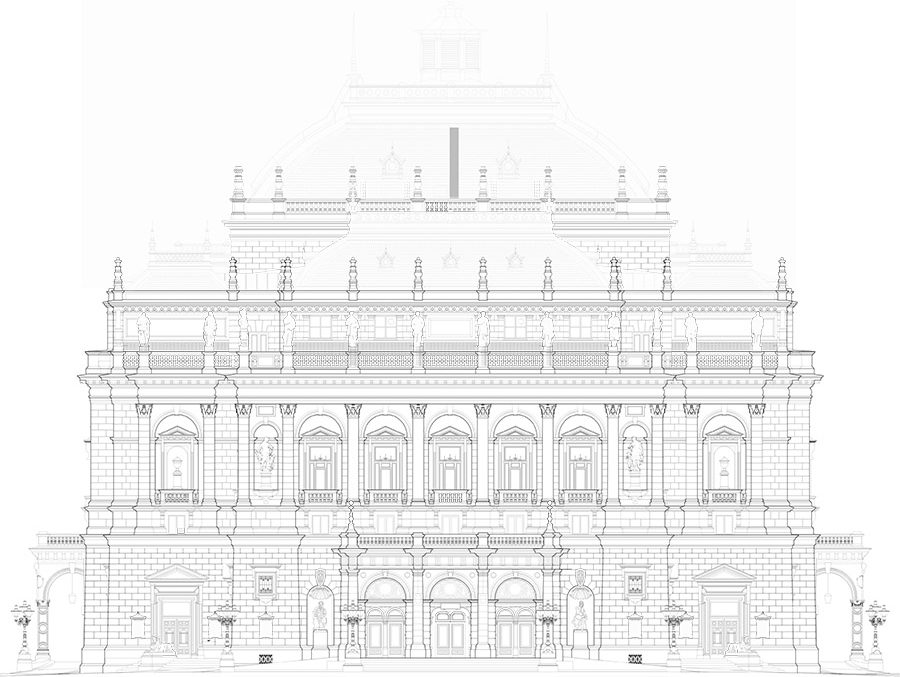
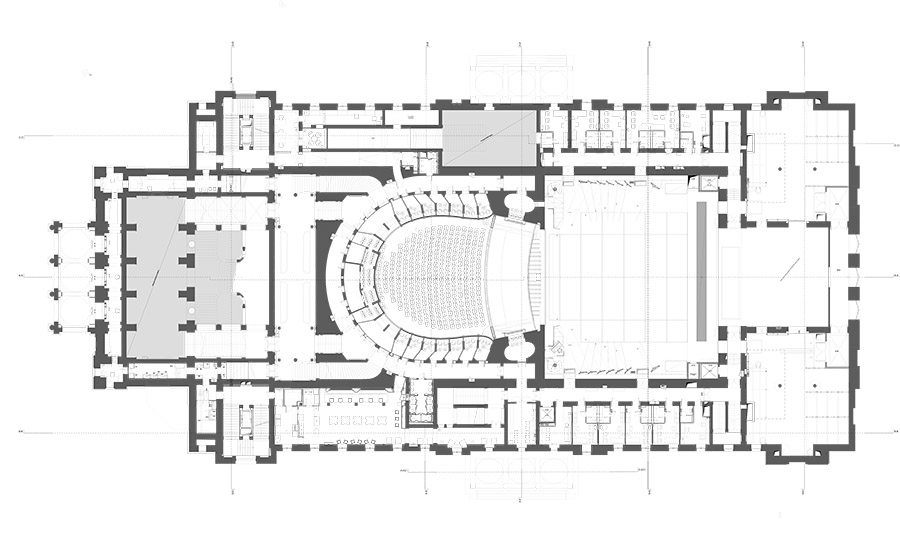


Credits
Architecture
ZDA – Zoboki Design & Architecture
Client
Hungarian State Opera House; Anna Jozsa
Year of completion
2022
Location
Budapest, Hungary
Photos
Zsolt Hlinka, György Palkó
Project Partners
General designer / architect: ZDA- Zoboki Design & Architecture
Lead designer: DLA habil.; Gábor Zoboki
Project management: Richárd Borzák, Zoltán Turi
Architecture: András Antmann Somogyi, Valéria Árvainé Szabó, Dávid Bánsági, Judit Besey, Fatime Csöndes-Albert, Attila Fekete, Ferenc Fekete, Bonifác Galgóczki, Réka Iványi, Anna Jaczó, Gábor Kacsoh, László Kakas, Anna Kormányos, Albert Lencsés, Máté Molnár, Zoé Molnár, Balázs Orlovits,
Ildikó Palásti, Mónika Poller, Béla Reppert, Virág Révai, Pál Rutkai, Krisztián Seidl, Csaba Silvester, Júlia Dominika Szontág, Gerda Sztankó, András Timár, Balázs Zimay
Interior designer – lead designer: Balázs Szlabey, Ferenc Fekete, Nóra Demeter, Edina Simon, Mónika Simon, Lívia Haraszti
Furniture design: Gábor Bella, Annabella Hevesi
Auditorium acoustics: Federico Cruz-Barney, Csaba Huszty
Architectural acoustics: Éva Borsiné Arató, Gusztáv Józsa
Stage technology: Zsuzsa Tompai
Heritage consultancy: Dr. Tamás Mezős, Márta Branczik, Nándor Szebeni, Péter Rabb, László Daragó
Painting restoration: András Seres, Dóra Verebes, Alexandra Tóth
Wood restoration: Péter Zágoni, Goldsmithing, Dr. Sándor Oláh, Éva Magyar, Lőrinc Tímár, Melinda Nagy, Bálint Rékasy
Metal restoration: Szabolcs Csányi
Stone restoration: Attila Kovács
Terazzo and mosaic restoration: Károly Payer
Architectural ceramics: László Czifrák
Textile design: Eszter Fellegi, Eszter Révész, Katalin Eck
Façade reconstruction: Zoltán Deák
Support structure: Gábor Bimbó, Gábor Földváry, Péter Rabb, Ferenc Kamarás
Building engineering: László Kolarovsky, János Áy, Norbert Szakál
Electrical systems: Ferenc Rajka, János Darnay, David Sándor, György Kapitor
Architectural lighting design: Ferenc Haász
Project management: CÉH Zrt.
General construction: W-É-L Opera Konzorcium




